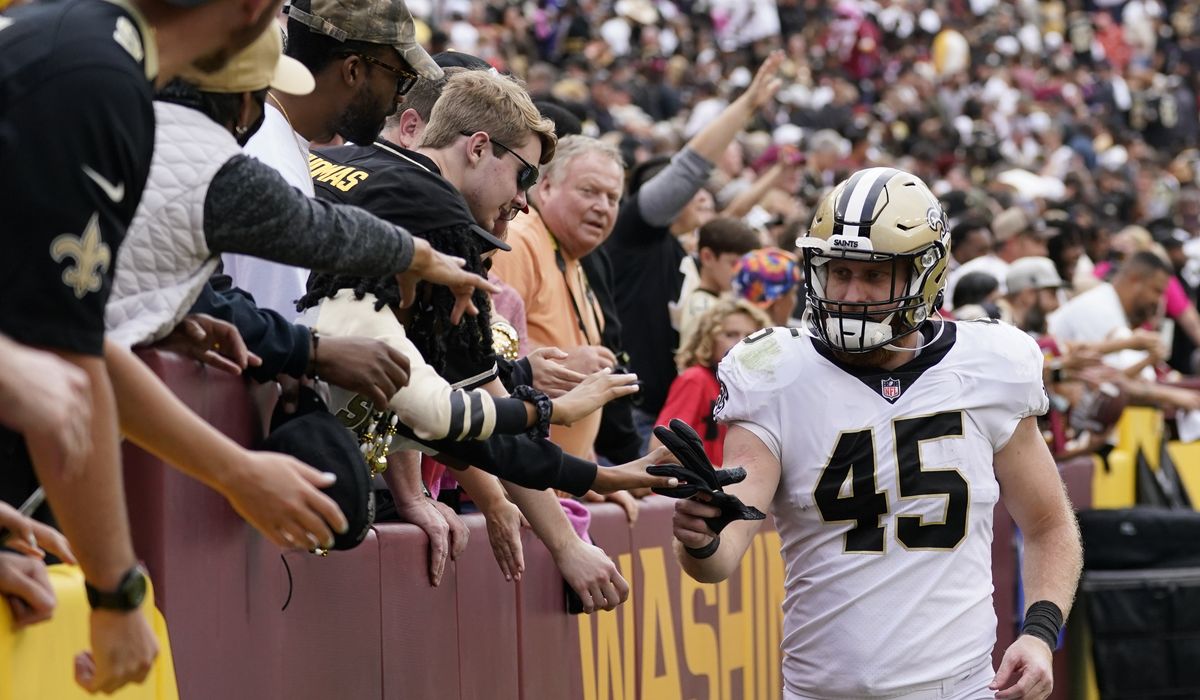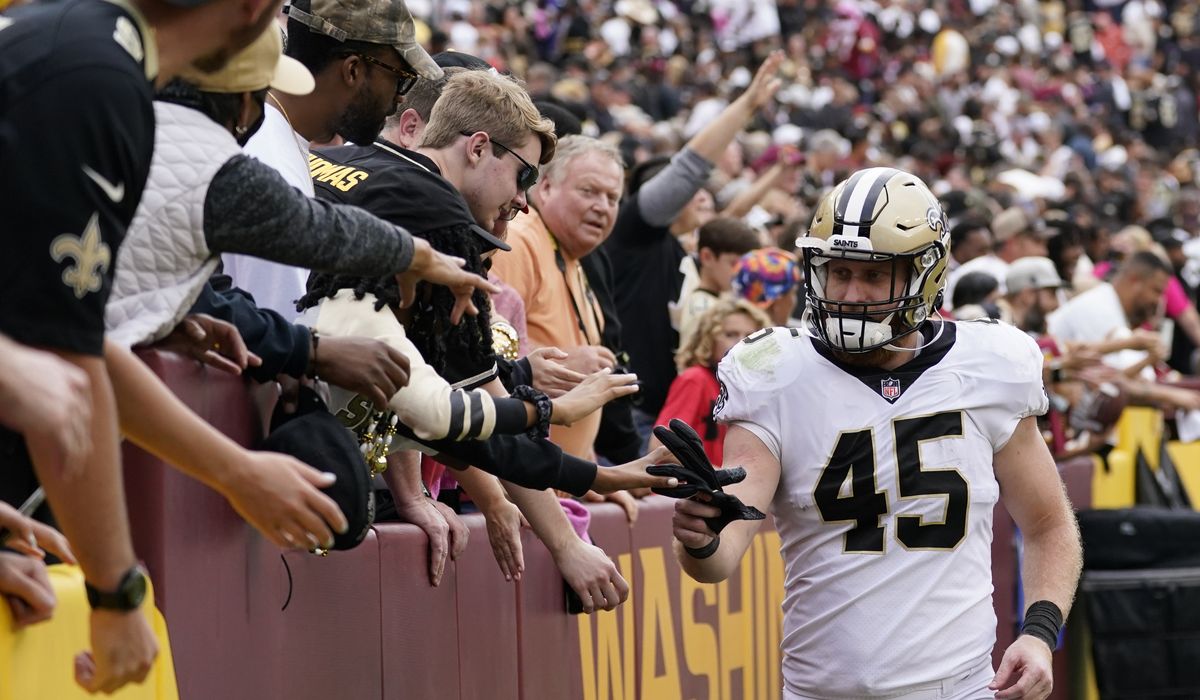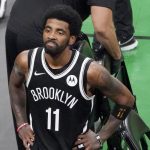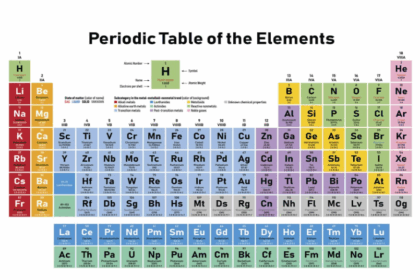
Last place. It’s become an all-too-familiar position over the last couple of decades for Washington’s NFL team, at least when it comes to where the team ranks for its play on the field. But last in attendance? For a franchise that once bragged about a streak of home-game sellouts that ran from the 1960s into the 2000s?
Times have changed.
This season, Washington is averaging a league-low 51,002 fans through three home games — by far the worst attendance figure since the franchise moved to Landover, Maryland. Ahead of Sunday’s home game against the Kansas City Chiefs, Washington has drawn crowds of 52,753, 50,118 and 50,137 — the three lowest-attended NFL games in FedEx Field history.
In fact, the number is even worse than the 53,468 the team averaged in its final season at RFK Stadium in the District in 1996. And it is lower than what the franchise averaged during its stay at RFK Stadium over a 35-year period: 51,295.
The lack of interest comes despite last season’s trip to the playoffs.
Marty Conway, an adjunct professor of sports and business at Georgetown University, said Washington’s attendances figures “send a message” not only to the team’s sales department, but also to the rest of the NFL — which collects a portion of ticket sales as part of the league’s shared revenue model.
“If you index it to market size, (the decline) is even more drastic,” Mr. Conway said. “Washington is now a top-six (media) market. … That’s particularly disturbing.”
Fans go missing
Prior to the start of the season, many predicted that the atmosphere for NFL games would be electric. That didn’t just apply to Washington, but the NFL as a whole, given the pandemic prevented teams from hosting packed stadiums in 2020.
More than a month in, that’s largely been the case. Except in Washington.
Washington’s attendance is down 22% compared to 2019, when fans could regularly attend games. That’s the steepest drop-off in the NFL, not including the New Orleans Saints (whose attendance is down 28% but that’s because the league counts its Week 1 win as a home game, despite the game being moved to Jacksonville due to a hurricane.)
For most teams, attendance is up or has stayed relatively the same in 2021. The teams that have seen the biggest growth are the Los Angeles Chargers (121%, thanks to a new stadium), the Cincinnati Bengals (29%, thanks to quarterback Joe Burrow) and the Tampa Bay Buccaneers (24%, thanks to Tom Brady and a Super Bowl win).
Only six teams besides Washington have seen an attendance drop-off of greater than 2%: the Pittsburgh Steelers (2.7%), the Houston Texans (4.8%), New York Jets (7.1%), Jacksonville Jaguars (7.6%), Atlanta Falcons (8%) and the Detroit Lions (10.2%).
So, what are the reasons for Washington’s sharp decline? Many of the problems began long before the pandemic. FedEx Field is routinely rated as one of the league’s worst stadiums. The game-day experience, fans say, lacks compared to many other places — with hometown crowds at the nondescript suburban Maryland locale often outnumbered by opposing teams’ fans. Despite winning the division last year, Washington has been hurt by decades of losing.
It doesn’t help matters when the cavernous stadium looks deserted, both on broadcast and for those who attend in person.
According to ESPN, Washington ranks dead last in the league in terms of capacity. Only 62.2% of FedEx Field is filled on game day. No other team, excluding the Saints, is below 85%, let alone 80 or 70.
That percentage, however, does not include the seats that Washington has removed in recent years. The Landover stadium was scaled down to 82,000 (ESPN’s number) in 2015, but additional seats have since been taken out.
FedEx Field’s capacity is now 67, 617, a team spokesperson told The Washington Times. That includes suites and standing room only. Not including those two sections, the number is 52,152. The updated figures put Washington’s capacity at 75% — still worst in the league.
Losing on and off the field
Then, there are the scandals. Mr. Conway said the NFL’s sexual harassment investigation into Washington’s workplace likely didn’t impact the team’s overall attendance “no more than the last” controversy, adding that the team’s off-the-field issues have “built like plaque” on teeth.
Washington coach Ron Rivera admitted he’s been surprised that the team’s success in 2020 didn’t translate into bigger crowds. Before the season, Rivera said he thought the playoff appearance “piqued (fans’) curiosity” and it would ultimately be on the team to fully win them back.
Through five games, Washington is off to a 2-3 record, below .500 once again.
“I’d love to get the fans back,” Rivera said. “I really would, but again, we also gotta make sure we’re playing well and we’re putting a good product on the field. We got to hold up our bargain to get them to come back.”
‘Worst it’s been’
When they first started dating, Ted Abela took his now-wife to a Redskins-Buccaneers game in 2009. Afterward, Mr. Abela, a diehard Washington football fan known as “Tailgate Ted,” even brought to the “5th Quarter” — a postgame concert that’s held on the club level of the stadium, win or lose. Mr. Abela remembers the crowded area in which people couldn’t avoid being shoulder to shoulder.
Last Sunday, Mr. and Mrs. Abela went to the “5th Quarter” once again. This time, Mr. Abela said there were around 30 people. Tops.
“The fan experience,” Mr. Abela said, “is the worst it’s been in a long time.”
Mr. Abela said he’s glad to be back at games after the pandemic, but the longtime season-ticket holder took issue with the super long concession lines — even as crowds have dwindled. “I’ve never seen it this bad in my life,” he says.
During the team’s season opener last month, a pipe burst at the stadium and left fans soaking wet. The team claimed that the pipe contained only rainwater — not sewage — but that didn’t stop video of the incident from generating millions of views on social media.
The poor atmosphere hasn’t been for a lack of effort. The Burgundy and Gold overhauled its business department in the summer of 2020 when the team hired president Jason Wright amid the NFL’s investigation into the team’s workplace. Over the last year, Mr. Wright and his staff have implemented a series of changes aimed at improving the fan experience.
Those differences include a coed dance team rather than cheerleaders, a drumming line with no marching band and electronic parking passes that contain information on which road and lot they should enter.
Not every change has been a hit. Multiple smoke machines are used during pregame introductions as Washington’s players run out to the field. But the smoke has been so overwhelming some players were lost in the cloudlike fog.
“Bro!” Washington wide receiver Terry McLaurin said. “Nothing against the people who run that … but last game, it was like, ‘Whoooooosh!’ I was like, ‘Oh shoot.’”
“It’s ridiculous,” Washington defensive tackle Jonathan Allen said with a laugh. “A couple guys tripped.”
A team spokesperson said the issue was due to high humidity on the field and there are new measures in place to prevent such an overflow. They include reducing the number of machines used if the humidity is above 60% and using a device down on the field to measure the humidity.
Washington’s business staff has also tried to get fans to games with special events — but even that has been a disaster. On Thursday, the team issued an apology after it was criticized for announcing on just four days notice that the late Sean Taylor’s No. 21 jersey would be retired at Sunday’s game.
The announcement came amid a string of recent controversies involving the team — from the DEA’s investigation into trainer Ryan Vermillion to former Raiders coach Jon Gruden’s resignation following leaked emails uncovered in the NFL’s review of Washington’s workplace. A team spokesperson said the planning of Taylor’s tribute had been in the works for months.
“We apologize to fans who would have liked more notice and will continue to share with fans ways we will be celebrating Sean Taylor’s legacy over the next month,” the statement read.
On game days, Mr. Abela can’t help but notice the blaring music that pumps out of the stadium’s speakers after touchdowns. Rather than “Hail to the Redskins” — the team’s old fight song — the team now uses a Go-Go remix of “Ahhh D.C!!”, music from the team’s marching band.
“It’s so obvious that they don’t want anyone singing the old fight song,” Mr. Abela said. “People are going to do it. And they do do it. They did it last week.”
Searching for solutions
The ongoing litany of problems — from the front office, to the ticket stands, to the sidelines, to the field itself — raises an existential question about the team’s future. If Washington can reach an agreement with Maryland, Virginia or the District on building a new stadium, is it time to think small? And if so, how much smaller?
The answer is hard to pin down, but other teams have been trending toward building (slightly) smaller stadiums in recent years: SoFi Stadium, the home of the Los Angeles Rams and Chargers, holds a capacity of 70,000. Allegiant Stadium, home of the Las Vegas Raiders, holds 65,000. The Falcons’ Mercedes-Benz Stadium has a capacity of 71,000. All three opened over the last five years.
Washington’s lease at FedEx Field doesn’t expire until 2027. With a potential move only six years away, the team has yet to finalize a location for its new home — with various spots in the District, Maryland and Virginia rumored to be in the running. The team has also faced political obstacles to securing a new home.
“For the new venue, from a business standpoint, it makes no sense to talk about it publicly,” Wright told 106.7 The Fan in August.
Details have been sparse. In May, owner Dan Snyder and a slew of executives, including Wright, were seen touring SoFi Stadium in Los Angeles. Mr. Snyder told TMZ Sports the visit was a part of a worldwide tour to get a better understanding of how modern stadiums are designed.
In the interview, Mr. Snyder also made a declaration.
“What we’re going to build,” Mr. Snyder said, “is state of the art.”








